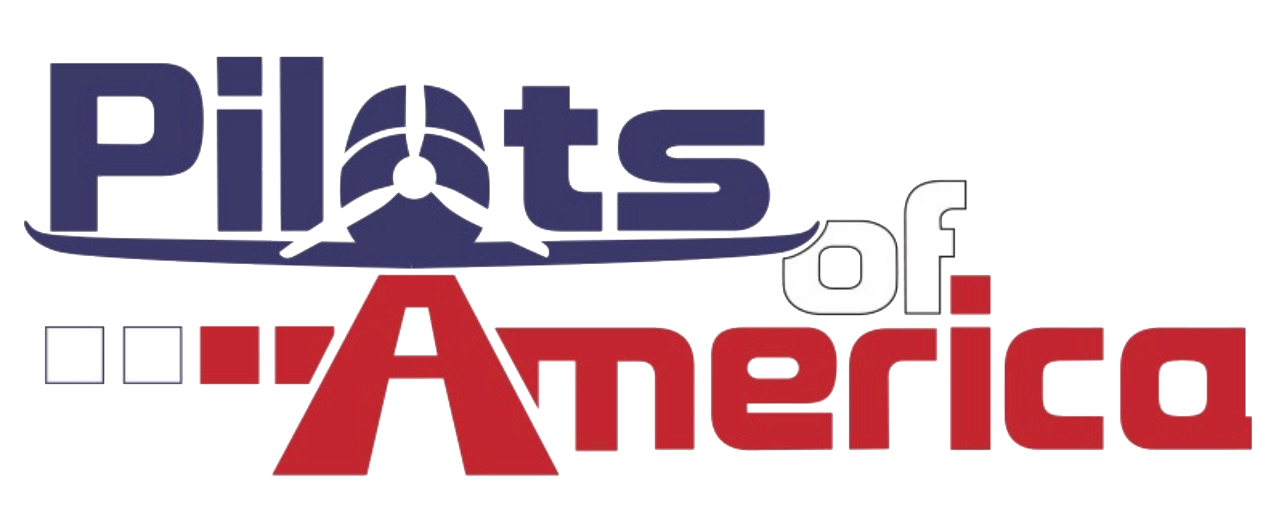Good Lord - I think it's unlikely any GA flight is legal; the quagmire the FAA has made of the regs, the obtuse wording, illogical constructs, contradictory and/or vague interpretations, etc. would give a diligent burrower cause for a violation on any flight any us make, anytime.
I think some of it is just benign bloat, nothing nefarious, just ivory-tower job justification and maybe some lazy de-conflicting. Some may be broad and generic by design, a useful hammer to hold over the heads of those who offend in "non-specific" ways.
I think some of it is just benign bloat, nothing nefarious, just ivory-tower job justification and maybe some lazy de-conflicting. Some may be broad and generic by design, a useful hammer to hold over the heads of those who offend in "non-specific" ways.
